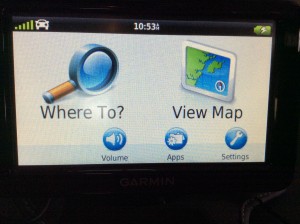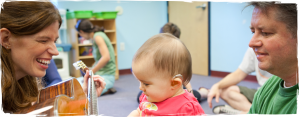I always looked forward to the change of seasons. Fall to winter. Winter to spring. Especially spring to summer when school let out and everything seemed more relaxed and care-free. But as a music therapist, I have learned that the children and families that I work with do not get a break from the challenges that they face. The preschool program in which I work runs year round so that the children will have the consistent support that they require.
Even though I know that this is often best for the children, I get sad when the children or families tell me that they don’t have the time or energy for normal fun. Fun, like going to the beach to swim. So if the children can’t get to the beach, how about bringing the beach to them? We don’t need actual sand and water, we just need music that gives the feeling of the waves and surf.
Here is a new song you can use this summer. It relies on mixing the meters of 2 and 3 to give the sense of momentum and flow that we feel in the cool water. Give it a try with instruments or lovely flowing scarves. I use one that I picked up on a vacation a long time ago.
Come With Me and Swim…E.K. Schwartz 2017
Come with me and swim. Come hold hands and jump right in.
Come with me and swim. Come hold hands and jump right in.
The water is cool, the weather is fine. So take a deep breath, it’s almost time.
Bend your knees. Curl your toes. Take a breath. Hold your nose.
Ready. Set. Go! OH!!
Enjoy!
Beth








